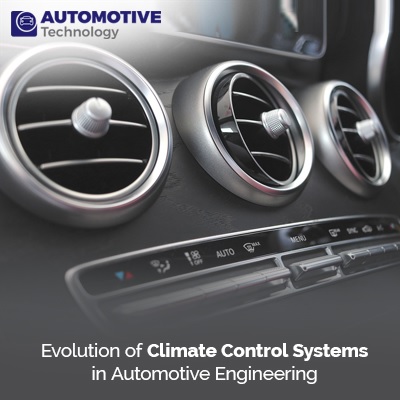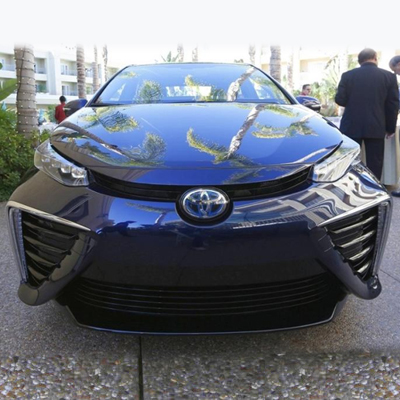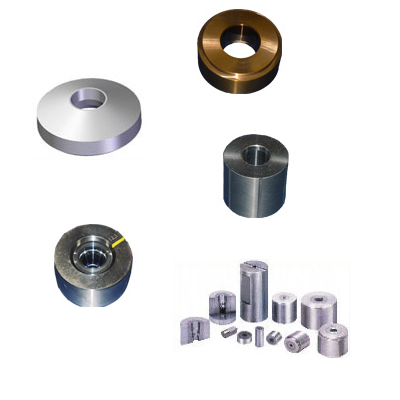Articles
Evolution of Climate Control Systems in Automotive Engineering

Introduction:
The evolution of climate control systems in automotive engineering has revolutionized the way we experience driving. From the early days of manual systems, we have come a long way to sophisticated automatic climate control systems that provide personalized comfort and convenience. This article explores the remarkable advancements in automotive climate control technology and how it has transformed the driving experience.
Early climate control systems in automobiles
In the early years, cars relied on basic heating and ventilation systems to regulate interior temperature. These systems were manually operated, requiring drivers to adjust the controls to achieve the desired temperature. While these early systems provided some level of comfort, they were far from perfect. They lacked precise temperature control and were often inefficient in extreme weather conditions.
As technology progressed, engineers began to develop air conditioning systems that could cool and dehumidify the interior, ensuring a pleasant journey regardless of the outside weather conditions. These early air conditioning systems relied on mechanical components such as compressors, evaporators, and condensers. While more effective than the previous heating and ventilation systems, they were still relatively basic compared to what would come later.
Advancements in climate control technology
With the rapid advancements in technology, automotive climate control systems underwent significant improvements. The introduction of electronic controls allowed for more precise temperature regulation and improved user experience. Instead of manual dials and switches, drivers could now set the desired temperature using digital displays and buttons.
In addition to temperature control, advancements in climate control technology also focused on airflow management. Engineers developed methods to direct airflow to different parts of the vehicle, ensuring optimal comfort for passengers in all seating positions. This was particularly important for larger vehicles with multiple passenger zones.
Impact of climate control systems on vehicle design
The evolution of climate control systems also had a significant impact on vehicle design. As climate control systems became more advanced, they required additional space within the vehicle. This led to the redesign of dashboards and consoles to accommodate the new components.
Furthermore, the integration of climate control systems with other vehicle systems, such as navigation and entertainment, became a priority. This allowed for a seamless user experience, where drivers could control all aspects of their journey from a single interface. The integration of climate control systems with other vehicle systems also improved safety by reducing driver distraction.
Energy efficiency and sustainability in climate control systems
As concerns about energy efficiency and sustainability grew, automotive engineers began developing climate control systems that were more environmentally friendly. One of the key advancements in this area was the introduction of dual-zone and multi-zone climate control systems. These systems allowed passengers to set individual temperature preferences for different zones, reducing the need for excessive cooling or heating.
Additionally, manufacturers started incorporating sensors and algorithms to optimize energy consumption. By constantly monitoring the interior and exterior conditions, the system could adjust its operation to minimize energy usage while maintaining passenger comfort. This not only reduced the environmental impact but also improved fuel efficiency.
Integration of climate control systems with other vehicle systems
The integration of climate control systems with other vehicle systems has become increasingly important in modern automobiles. Today, climate control systems are seamlessly integrated with navigation systems, entertainment systems, and even voice assistants. This integration allows for more intuitive control and enhances the overall driving experience.
For example, drivers can now use voice commands to adjust the temperature, change fan speed, or even activate seat heating or cooling. This hands-free operation reduces driver distraction and improves safety on the road. Furthermore, the integration of climate control systems with navigation systems enables the vehicle to automatically adjust the temperature based on the external conditions and the desired destination.
Future trends in climate control systems
Looking ahead, the future of automotive climate control systems holds even more exciting possibilities. As electric vehicles become more prevalent, climate control systems will need to adapt to the unique requirements of these vehicles. Electric vehicles require efficient climate control to maximize the range of the vehicle, as heating or cooling can significantly impact battery life.
Additionally, advancements in artificial intelligence and machine learning will enable climate control systems to learn and anticipate user preferences. Imagine a climate control system that automatically adjusts the temperature and airflow based on your previous settings and driving habits. This level of personalization will further enhance the driving experience and ensure optimal comfort for all occupants.
Challenges and considerations in developing climate control systems
While the advancements in automotive climate control systems are impressive, there are still challenges and considerations that engineers must address. One of the key challenges is striking a balance between comfort and energy efficiency. As climate control systems become more sophisticated, they may consume more energy, impacting the overall efficiency of the vehicle.
Another consideration is the impact of climate control systems on vehicle weight and aerodynamics. As additional components are added to the vehicle, it can affect fuel efficiency and overall performance. Engineers must find ways to minimize the weight and aerodynamic impact of climate control systems without compromising their functionality.
Benefits of advanced climate control systems for drivers and passengers
Despite the challenges, advanced climate control systems offer numerous benefits for both drivers and passengers. The ability to customize temperature preferences for different zones ensures maximum comfort for all occupants. This is particularly valuable on long journeys where passengers may have different comfort requirements.
Furthermore, advanced climate control systems contribute to a safer driving experience. By maintaining optimal temperature and airflow, drivers are less likely to experience discomfort or fatigue, resulting in improved focus and concentration on the road. Additionally, the integration of climate control systems with other vehicle systems reduces driver distraction, further enhancing safety.
Conclusion: The future of climate control systems in automotive engineering
The evolution of climate control systems in automotive engineering has transformed the driving experience. From basic heating and ventilation systems to sophisticated automatic climate control systems, the advancements in technology have made driving more comfortable, convenient, and safe.
As we look to the future, the integration of climate control systems with other vehicle systems, the focus on energy efficiency and sustainability, and the personalization of the driving experience will continue to shape the development of climate control systems. The future holds exciting possibilities, where climate control systems will adapt to the unique requirements of electric vehicles and provide a personalized and comfortable journey for all occupants.



